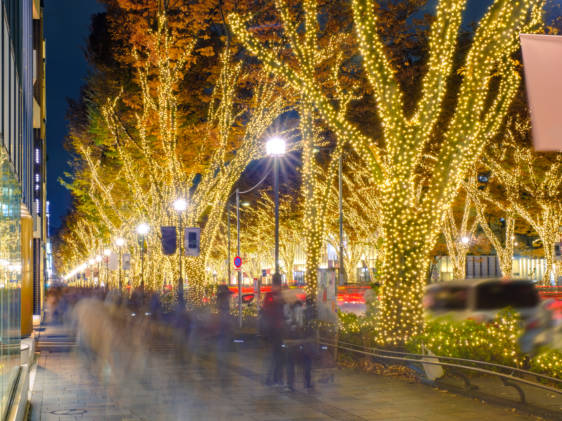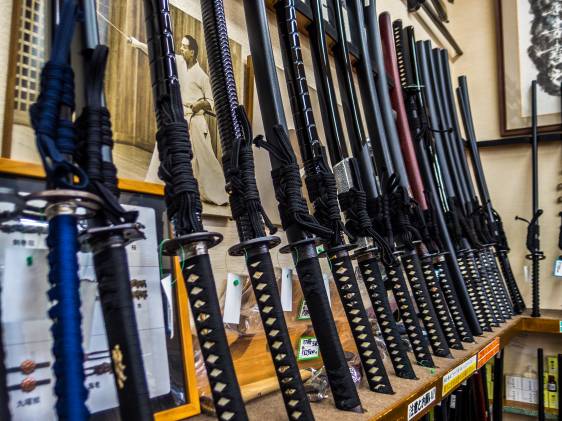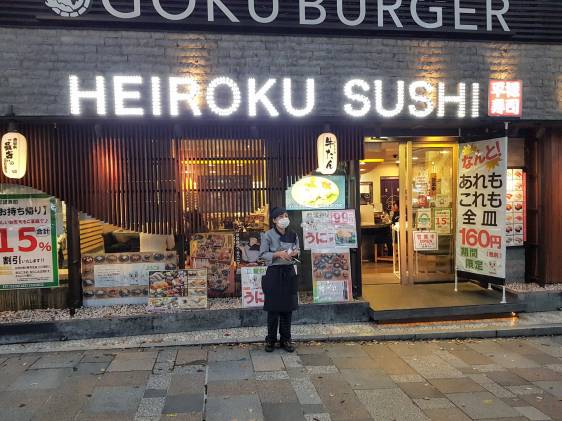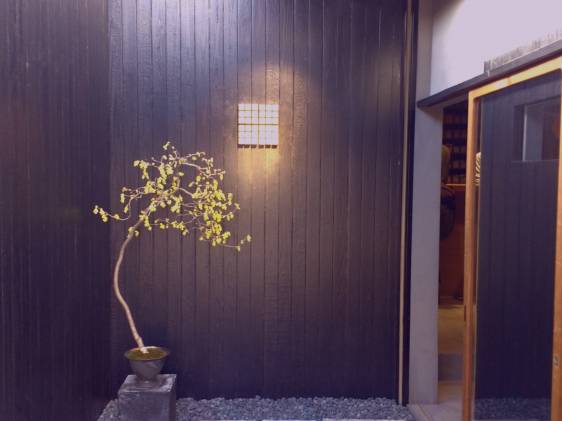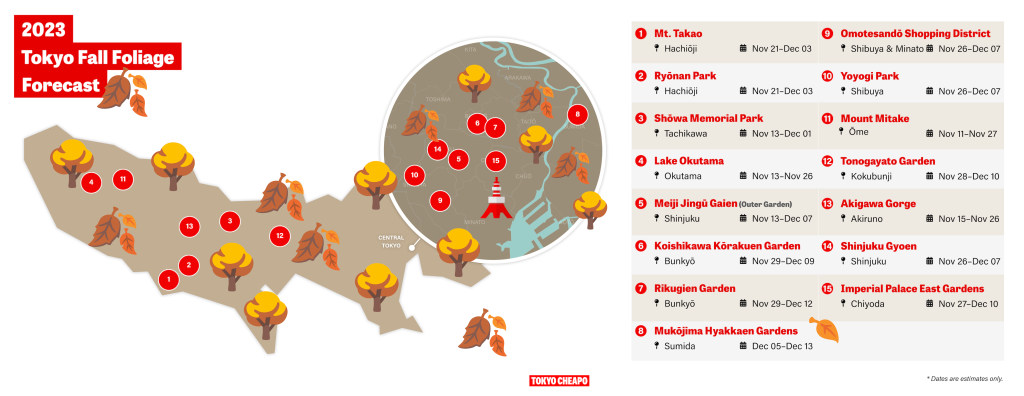Omotesandō is one of the most pleasant (and most expensive) neighborhoods in Tokyo. It’s a major luxury shopping destination (along with Ginza); it’s also home to some of the most amazing examples of human-scale modern architecture that you’ll find anywhere in the world.
Omotesandō neighbors the very famous area of Harajuku. In fact, the two kind of bleed into each other. One way to tell where you are: Harajuku is mostly filled with cheap shops that target a younger crowd, whereas Omotesandō is for a more luxurious spender.
Where is Omotesandō?
Omotesandō is actually the name of the boulevard that runs between Harajuku and Aoyama. It’s also the name of the subway station at one end of the boulevard (the Aoyama end; Harajuku Station is at the other end). So the area that is known colloquially as Omotesandō is what falls on and around this boulevard, which — rare for Tokyo — has wide, tree-lined sidewalks.
It’s easy to walk to Omotesandō from Harajuku, Aoyama, and even Shibuya.
What is Omotesandō like?
On the weekends (and even weekdays), the area is packed with classy shoppers, and cafes and restaurants are filled with friends gossiping over lunch. Make a reservation if you can. It is also not unusual to find lines of people eagerly waiting for the latest event/shop/fashion line to open.
What to see and do in Omotesandō
Omotesandō is architectural eye candy. One of the best things to do in this area is simply to wander around and soak in all the views. And you can see all these buildings without spending any money!
Gander at The Iceberg, Tokyū Plaza Omotesandō Harajuku (or its, arguably, better-looking sister mall Harakado across the way), and Gyre (a retail and restaurant building). Other favorites are the Prada and Dior buildings; both are outstanding when lit up at night. For more inspiration, and where to find other examples of modern architecture in the area, check out our walking tour.
There are also some excellent art spaces here: Head to Ota Memorial Museum of Art for ukiyo-e (woodblock prints) exhibitions. Or to Espace Gallery, a free gallery on the top floor of the Louis Vuitton store, for contemporary installations (and great views over the neighborhood).

When is the best time to visit Omotesandō?
The zelkova trees lining the avenue change with the seasons and are beautiful year-round, but the street glows brighter in December courtesy of the famous Omotesandō Winter Illuminations. It is a must-see with more than 900,000 lights on display.
Shopping in Omotesandō
Omotesandō is chic through and through. Go to Omotesandō Hills if you fancy a really expensive treat for yourself — or just to admire all the luxurious goodies on offer. The upscale mall is designed by famous architect Tadao Ando.
Tokyu Plaza (mentioned before), is another architecture attraction turned shopping destination; the shops here, while not inexpensive, are more reasonable than those at Omotesandō Hills. There’s also a MoMa Design Store — a Tokyo outpost from New York’s Museum of Modern Art — on the third floor of the Gyre building.
You won’t find too many bargains in Omotesandō, but it isn’t a bad place to look for souvenirs. Check out Oriental Bazaar (currently under renovation): they have everything you can think of to buy for loved ones back home, including kimonos, miso soup bowls, and green tea cups. For stickers and art posters by unique Japanese artists, try B-Side Label.
For the kids in your family, visit the one and only Kiddy Land. It is a paradise for children (and adults too) with heaps of toys, from Disney princesses to Ghibli gems.

Where and what to eat in Omotesandō
Like shopping, the food scene in Omotesandō can be pricey, but there are some rare budget finds. For example, Heiroku Zushi, near Omotesandō Hills, is a super cheap place for a quick sushi pick-me-up and Harajuku Gyoza-rō makes great dumplings. Both are very popular with tourists. Those with a sweet tooth should enjoy A Happy Pancake and Urasando Garden, which offers a selection of Japanese treats.

With instagrammable desserts comes quirky coffee shops. Lattest is a great shout for some decent coffee in super cool Omotesandō. If you’re more of a coffee nerd, check out Koffee Mameya, a coffee bean retailer from the founder of the legendary Omotesandō Koffee (a coffee shop that closed its Omotesandō location in 2016 but now has branches in Hong Kong and London).
If you are lucky, you might be able to find a decent lunch set or two. However, your best bet is probably to venture into Shibuya for lunch if you are really strapped for cash.
Is Omotesandō a good place to stay?
Sorry, you’re not going to find any dirt-cheap accommodation in this luxurious neighborhood. In fact, there are no hotels on the boulevard at all. For cheap options, check out Shibuya, which is within walking distance.
How to get to and from Omotesandō
There are three stations convenient for Omotesandō: Harajuku Station (at the Harajuku end of the boulevard); Meiji-jingūmae Station (around the intersection between Omotesandō and Meiji-dōri); and Omotesandō Station (at the Aoyama end).
Train lines to/from Omotesandō
- Japan Rail (JR): Yamanote (Harajuku Sta.)
- Subway lines: Chiyoda and Fukutoshin (Meiji-jingūmae Sta.); Chiyoda, Ginza, and Hanzomon (Omotesandō Sta.)
What’s near Omotesandō?
Omotesandō is perfect to visit alongside Harajuku, Aoyama and the central Shibuya area. Check out our one-day walking tour, which includes all the top sights.









